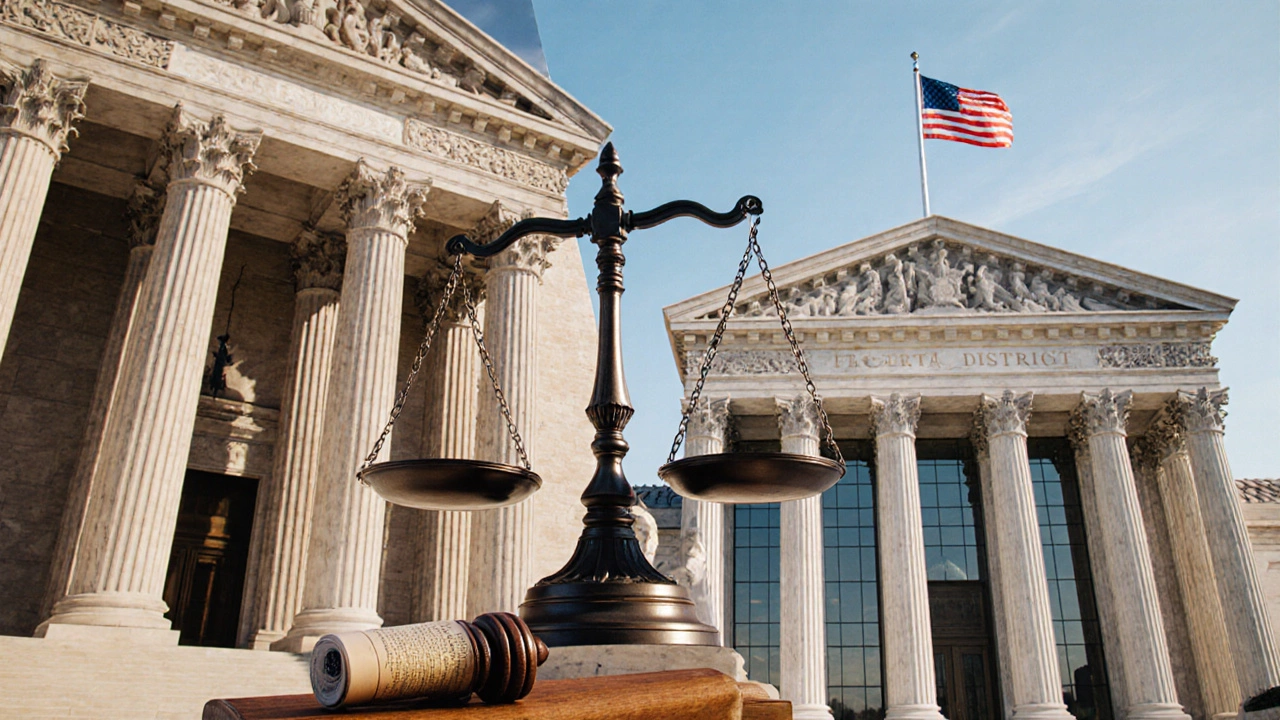Civil Case Federal: What It Is and Why It Matters
When working with Civil Case Federal, a lawsuit filed in a United States federal court that deals with non‑criminal matters such as contracts, torts, and civil rights. Also known as federal civil litigation, it offers a uniform arena for disputes that cross state lines or involve federal statutes, you immediately step into a world of specific rules, timelines, and strategic choices.
Key Players and the Court Structure
The Federal Court, the national trial system that hears cases arising under federal law is the stage where your civil case federal lives. Within that system, district courts act as the first stop, while appellate courts review decisions for legal errors. Understanding the hierarchy helps you know where appeals will go and which judges might hear your case. Judges in federal court often have different procedural preferences than state judges, so tailoring your pleadings to their expectations can boost your chances of success.
Another crucial entity is Jurisdiction, the authority of a court to hear a particular type of case and to bind the parties involved. Federal jurisdiction is granted either by subject‑matter (the case involves a federal question or diversity of citizenship) or by statutory grant. Without proper jurisdiction, even a perfectly drafted complaint will be dismissed outright. Checking the citizenship of all parties, the amount in controversy, and the specific federal statute invoked are the first checkpoints before you file.
Once jurisdiction is confirmed, the next step is Case Filing, the formal process of submitting a complaint, paying filing fees, and serving the other side. Federal courts use the CM/ECF (Case Management/Electronic Case Files) system for electronic submissions, which speeds up docket entry and provides real‑time updates. Missing a filing deadline or attaching the wrong form can delay your case for months, so a meticulous filing checklist is worth its weight in gold.
The Procedural Rules, the Federal Rules of Civil Procedure that dictate how parties conduct discovery, file motions, and move toward trial shape every move you make. Rules 26 through 37, for example, govern discovery requests and responses, while Rule 12 covers defenses and pleas. Knowing which rule applies to a given situation lets you craft stronger motions and avoid costly sanctions. Many attorneys specialize in procedural tactics because a well‑timed motion to dismiss can save a client thousands.
Beyond the mechanics, a civil case federal often intersects with substantive law areas like civil rights, antitrust, and environmental protection. For instance, a discrimination claim under Title VII will follow the same filing and jurisdiction steps, but the substantive analysis will hinge on the statutory elements of the civil rights law. Recognizing these overlaps helps you pull in the right expert witnesses and legal precedents.
In practice, successful federal civil litigation requires a blend of strategic planning, strict adherence to procedural deadlines, and clear communication with the court clerk’s office. Many practitioners recommend an early meet‑and‑consult with a federal‑court‑experienced attorney to map out the case timeline, estimate discovery costs, and decide whether settlement or trial is the better path.
Below you’ll find a curated collection of articles that dive deeper into each of these topics— from jurisdiction nuances and filing tips to procedural shortcuts and real‑world case studies. Whether you’re a law student, a solo practitioner, or just curious about how a civil case federal works, the resources ahead will give you actionable insight and a solid roadmap.

When Does a Civil Case Go Federal? Key Factors Explained
Learn when a civil lawsuit shifts to federal court, covering federal question, diversity, exclusive statutes, removal rules, and a practical checklist.